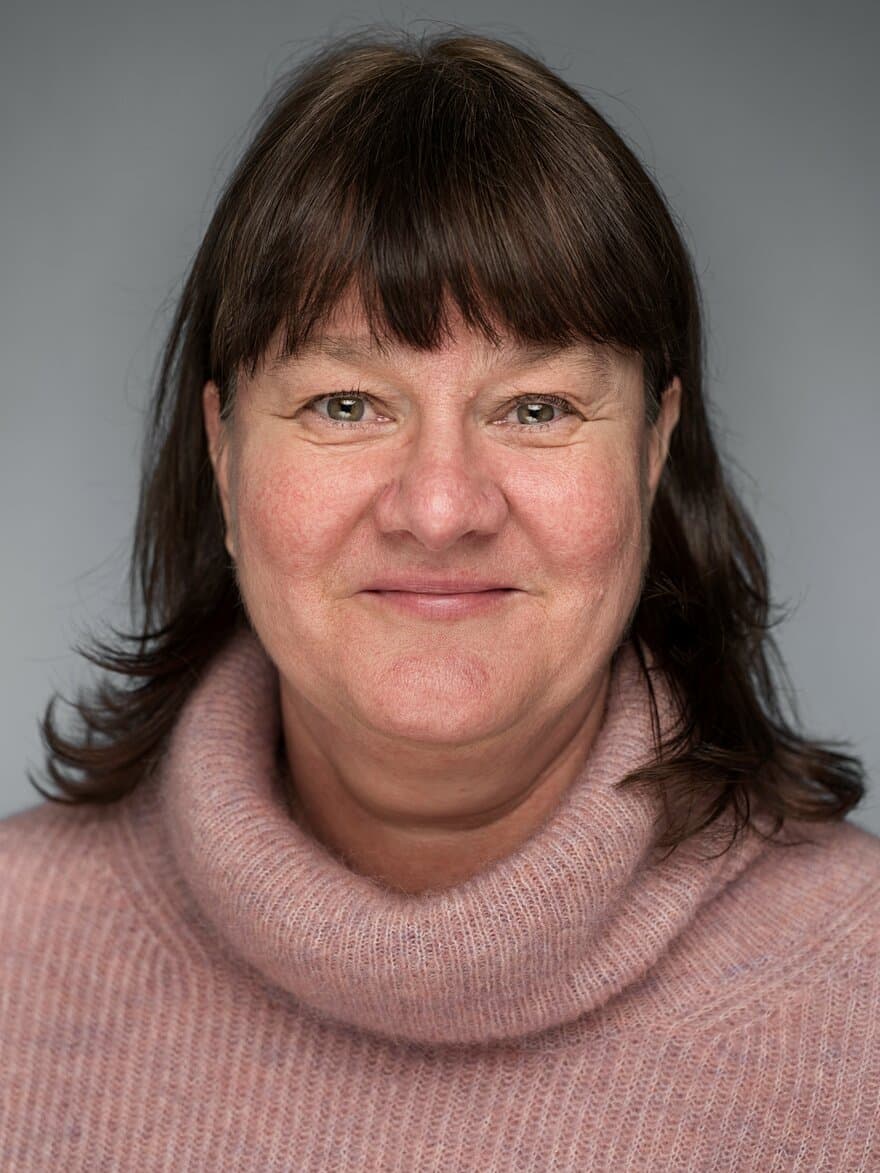
- Faggruppe mattrygghet og veterinær mikrobiologi
My field of expertise is foodborne pathogenic bacteria, especially enterohemorrhagic E. coli (EHEC), Bacillus cereus, Clostridium species and Listeria monocytogenes. I have a degree in biotechnology from the Norwegian technological university college, NTH (1989), and a PhD from the Institute of Pharmacy, University of Oslo (1999). The enterotoxins of Bacillus cereus and endospores of several Bacillus species have been my main interests for many years, starting out with my PhD studies in Anne-Brit Kolstø’s lab and later together with Per Einar Granum. Currently, I am involved in the work elucidating the function of Bacillus spore appendages together with Marina Aspholm.
Since the devastating foodborne EHEC outbreak in Norway in 2006, where more than 60 % of the patients developed the severe condition hemolytic-uremic syndrome (HUS), I have been particularly interested in the bacterium causing this outbreak. Why was this E. coli strain so pathogenic? The major virulence factor of EHEC is the Shiga toxin, which genes are carried by a virus that infect bacteria, a so-called bacteriophage. After studying several hundreds of other Stx bacteriophages we have learned that the nature of the genes that regulate their multiplication, the replication region, may decide how dangerous these bacteria are to humans. EHEC disease is usually not treated with antibiotics since it has been reported that such treatment may lead to the development of HUS. We believe that increased knowledge on how the gene content in the replication region of Stx bacteriophages is associated with virulence of the host EHEC strain will help us to develop safe and more efficient treatment-strategies for EHEC infections.
Fagfelt
Publikasjoner
Undervisning